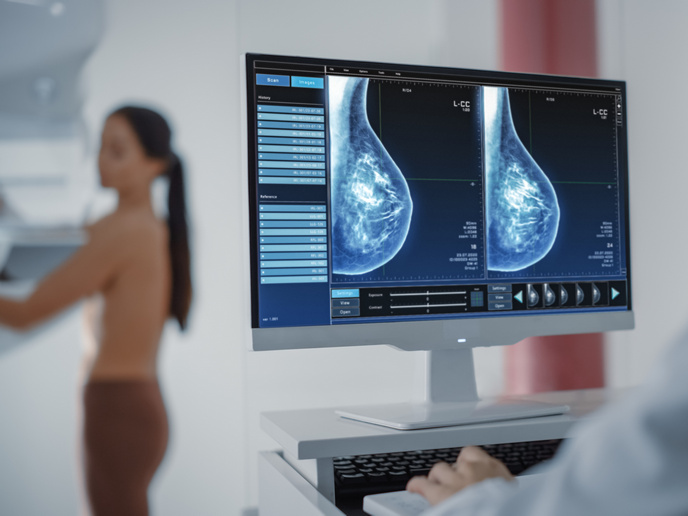Novel user interfaces slated to enhance multisensory interaction
Human-computer interactions have come a long way in recent years, thanks to the concept of 'Graphical user interface' (GUI). The EU-funded ENABLING AVUIS(opens in new window) (Enabling audiovisual user interfaces for multisensorial interaction) project worked on taking GUI a step further by combining sound and image to create a new concept, namely the Audiovisual user interface' (AVUI). By audio-visualising the user interface and designing it to respond to user interaction, the project team came up with a more robust, accessible and engaging system that represents a significant upgrade from GUI technology. To achieve its aims, the team developed mobile applications that facilitate the AVUI. This involved prototyping AVUIs, conducting relevant case studies, and releasing a toolkit to implement further AVUIs. More specifically, it created AVUI prototypes by bringing together artists and developers in workshops and hackathons, making the prototypes available online to the public. The project also created ShapeTones, an audio-visual memory game for iPhones and iPads, also available online free of charge, and targeting visually and aurally challenged users. Another key project outcome was AVZones (AudioVisual Zones), an iPad application for audio-visual performance that explores the integration of sound and image in a touchscreen environment. This was followed by ofxAVUI, a toolkit for implementing audio-visual user interfaces that promises to be useful in a number of applications. All these efforts have been highlighted through the project website, which offers valuable online resources related to the project such as reference materials, code source examples, a software library and tutorials. The project’s results were disseminated to designers, artists, academics, students and software developers, improving the prospects of better multisensorial interfaces aimed at enhancing user experience. These developments are expected to help bring about a marked change in how we interact with computers, supporting target groups ranging from audio-visual artists and designers to the elderly and the disabled.







